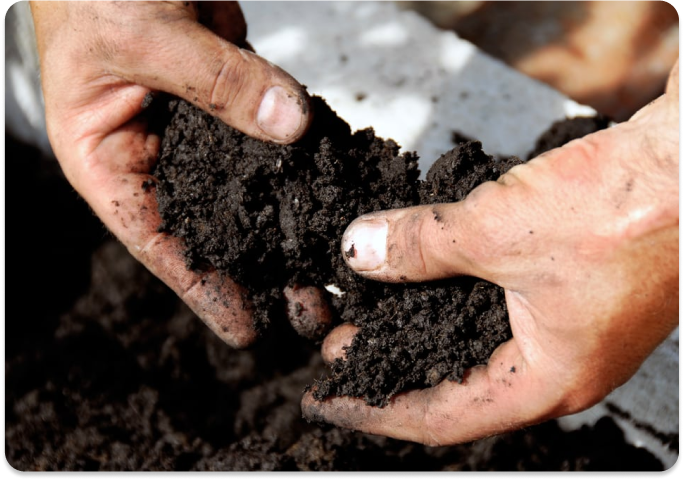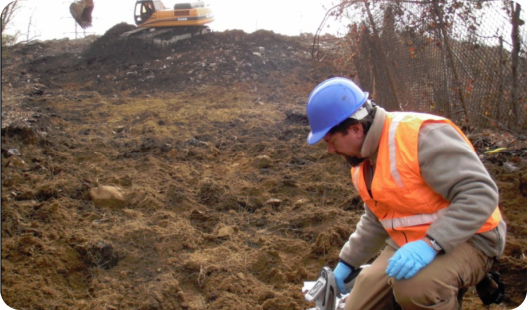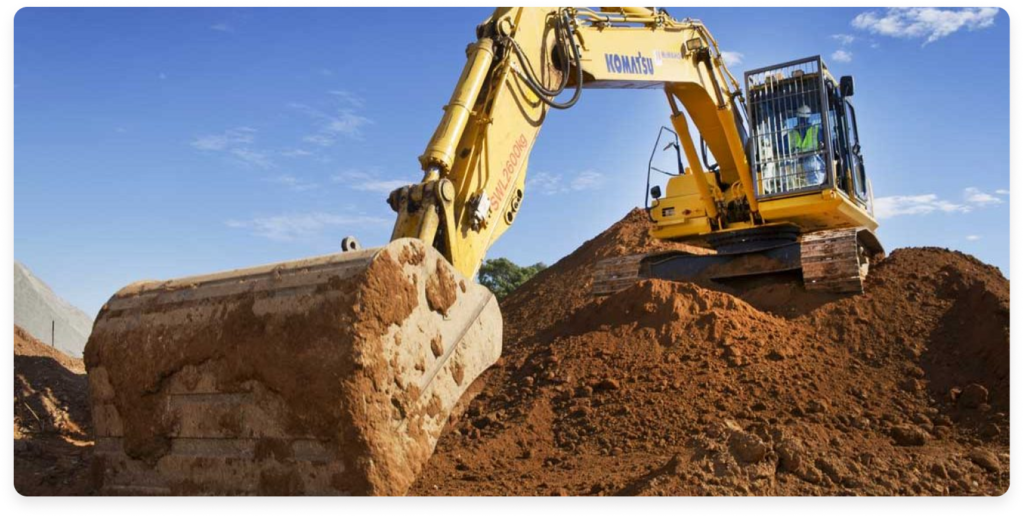
When Would I Need Soil Remediation?
Before jumping into the soil remediation process, let’s determine when it is required. Unfortunately, the way the industry works is that when your oil tank is removed, if it fails inspection, 9 out of 10 companies are going to recommend what’s called a soil remediation project
Without having any analytical results, if a company offers you soil remediation as the next step in the process, you need to run in the other direction! This is a major red flag, as soil remediation is only required when contamination is above the cleanup standards. According to the New Jersey Department of Environmental Protection (NJDEP), you’re allowed to leave contamination in the ground as long as you can prove that it’s under the cleanup standards.Contaminated Soil Removal
If your tank fails the inspection, we will take one sample of the bottom of the tank and send that to a state-certified lab. Depending on the level of that contamination, we would come back to you with a few options when it comes to remediation and removal:

Soil Investigation
One option we would recommend is soil investigation with oversight from a subsurface evaluator. This project consists of us coming out and probing around to grab six samples from the previous tank excavation. Those six samples will then be sent to a state-certified lab. As long as those results prove that contamination is below the limits, our subsurface evaluator will write a report for the NJDEP to review, which then they would return a No Further Action letter; your clean bill of
Soil Remediation
The other outcome is that if that initial soil sample was over the cleanup standards (1,000 parts per million), we typically recommend soil remediation. The soil remediation process consists of us excavating the contaminated soil and loading it into a dump truck. Then bringing it to a facility to get it weighed in and subsequently disposed of. We would then sample the excavation area to determine and confirm that we got all the contamination out. The soil is field-screened onsite.
Once we feel confident that we got it all out or down to an acceptable level, we will backfill the excavation with certified clean fill up to surface grade. Once we get those sample results back, proving that we did indeed get all the contamination out, our subsurface evaluator will then compile a report for the NJDEP to review. The NJDEP will then issue you a No Further Action letter. That is a simple soil remediation process.
That’s the best-case scenario with soil remediation. We come in, dig out the contaminated soil (usually by 11:00 p.m. or 12:00 a.m), take our samples, backfill the excavation up to grade, and are out of there within eight hours.

Groundwater and Bedrock
There are certain projects where we encounter either groundwater or bedrock. Bedrock is what it sounds like — if we’re digging down to contamination and we hit rock, and we cannot excavate through it, the DEP will require that we drill through that rock to test the groundwater.
The other outcome is encountering groundwater. If we’re excavating the contaminated soil and the excavation starts to suddenly fill up with water because we’re very close to a river or a lake or a stream, the State of New Jersey will require that we investigate, put a well in, and test that groundwater.
o better understand the process of testing groundwater Click Here.

How Much Does It Cost To Remove Contaminated Soil?
The cost of contaminated soil removal ranges from a few thousand to six-digit figures. The settled cost depends on a variety of factors, including what we find amid our examination procedure as well as the resources and equipment we implement.
For more information about all of our offerings in and around New Jersey, including Soil Testing and
Oil Tank Insurance, contact us today!
Call Today At +1 732-655-6143


